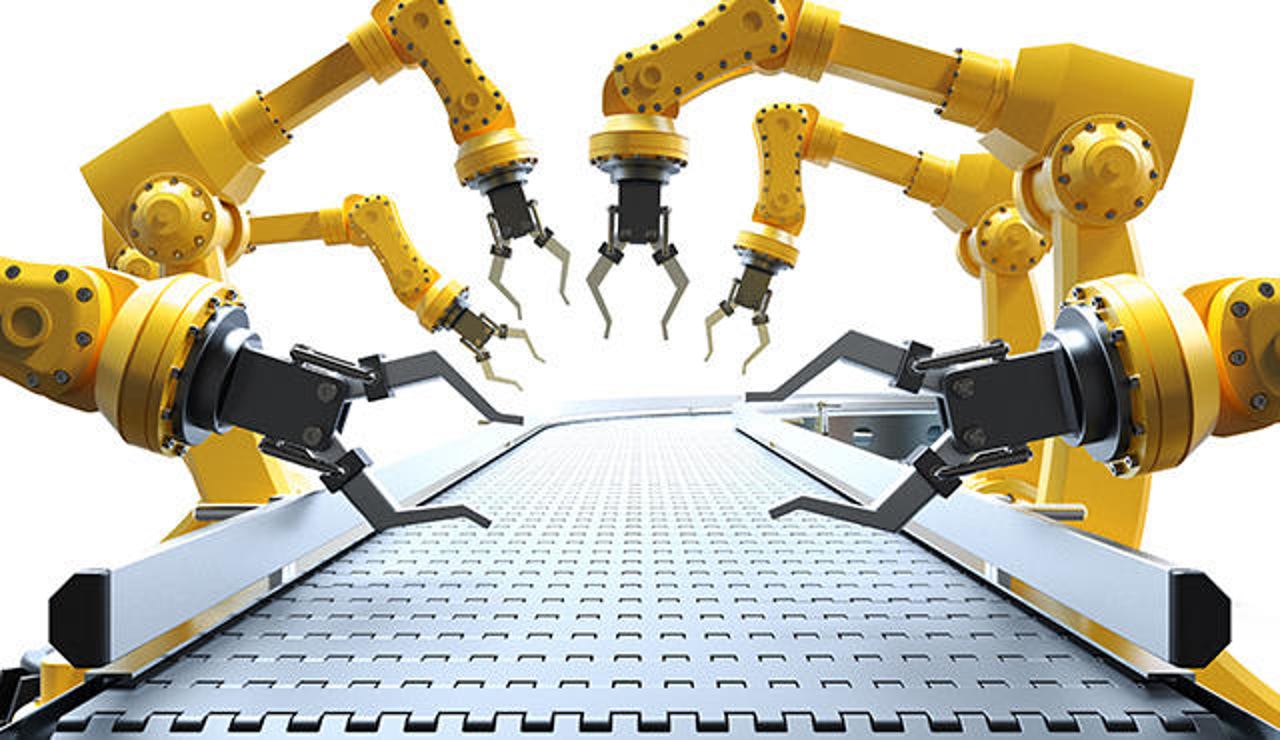Robots are taking over during COVID-19 (and there's no going back)


Timing is everything. Robots, it seems, are lucky that way.
The global pandemic has sidelined workers across an unthinkable swath of sectors during a particularly tight labor market. Automation solutions that were unthinkable a twenty years ago have blossomed thanks to the convergence of technologies like machine vision, machine learning & AI, open-source robotic operating systems, and mobile components and sensors. A global problem, meet futuristic solution.
Even in a turbulent market (and maybe especially in a turbulent employment environment), investors seem willing to back robots. The latest example: ForwardX Robotics, a Beijing-based robotics firm specializing in logistics, just announced a new round of Series B+ funding in the amount of $15 million, bringing the company's total funding to more than $40 million.
There are plenty of other examples. SoftBank-backed BrainCorp, which makes robotic scrubbers for, among other applications, healthcare just raised $36 million.
"We are seeing huge challenges for supply chain leaders across the logistics and manufacturing industries, from growing labor shortages and consumer expectations to a greater need for flexibility," explains Nicolas Chee, founder, and CEO of ForwardX Robotics. "Our AI-based automation solutions allow our customers to adapt to a rapidly changing landscape and boost their productivity and efficiency three-fold. With the fallout of COVID-19 already here, enterprises will be looking to futureproof their operations and we're going to be there with them as they make the transition."
Overall, the market for autonomous mobile robots (AMRs) and autonomous ground vehicles (AGVs) is forecasted to generate over $10bn by 2023 according to Interact Analysis, and that prediction relies on data from before the COVID-19 pandemic.
This certainly didn't happen overnight. The seeds of a robotic revolution have been sprouting for over a decade, going back to research lab Willow Garage and the groundbreaking robotics research that began coming out of DARPA contests in the early-2000s. Collaborative robots, still a small fraction of the overall automation industry, have become insanely good at performing repeatable tasks around humans. Mobile robots are whizzing down logistic warehouse aisles and taking inventory of products at Walmart.
All the while the party line in the industry has been that the robots aren't meant to replace workers but to make work easier for talented professionals. Marketing professionals get oodles of money to sell that premise, and it's a palatable sales pitch, certainly easy enough to swallow in a labor crunch during a strong economy when the creep of automation is tough to quantify in terms of human toll.
The pandemic may change that. Workers are furloughed in all sorts of industries, companies are closing shop or tightening belts, and that deferential tone toward the worker, whom automation was touted as helping, has been replaced by another pitch: Automation can stand in where human workers have to stay home. No one's saying it, but investors might as well be with their wallets.
"Most of the automation equipment in the industry is used to replace manual labor in repetitive and simple processes. However, in the future, we believe collaborative robots will increasingly participate in complex production processes," says Felix Yang, Accelerated Digitalization Lead, Greater China at SF DHL China, a ForwardX customer and the largest third-party logistics provider in the world.
That's about the long and short of it. Workers are an uncertain bet in a world where every human might have to stay home for a few months to avoid transmitting an infectious disease. Like it or not, robots are primed to take up the slack.